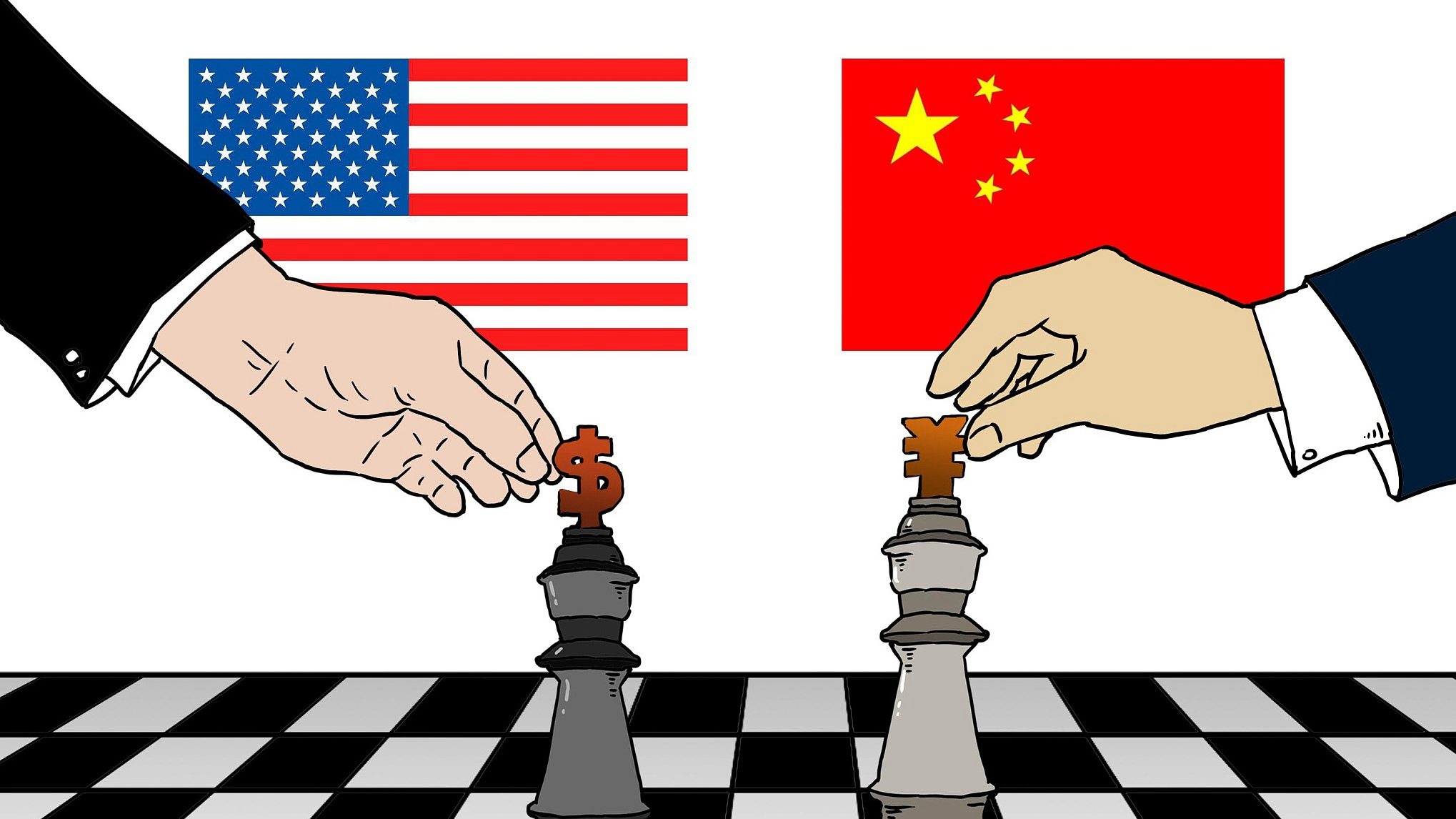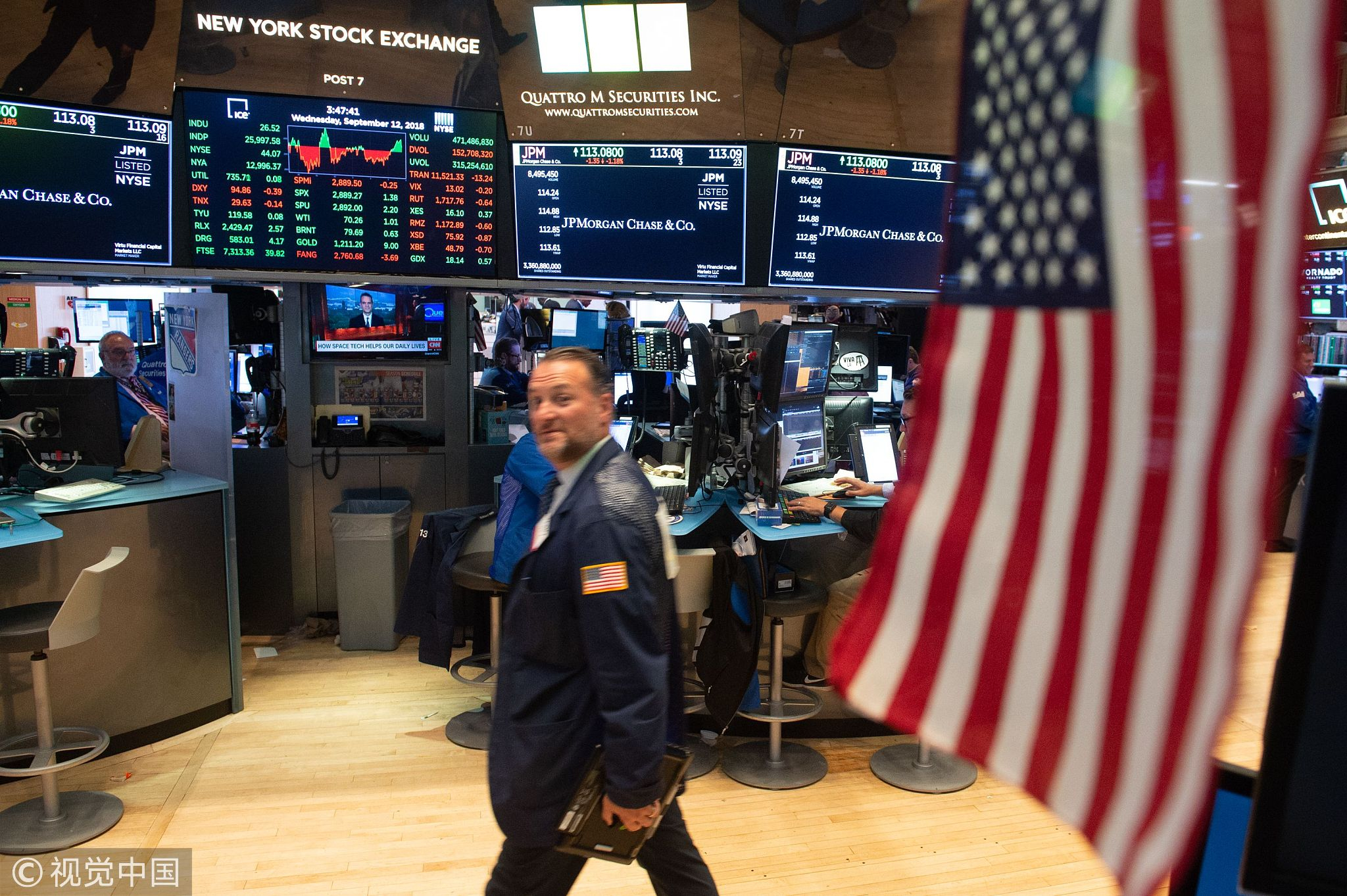
Opinions
09:52, 06-Oct-2018
Opinion: Divergence in monetary policies amid trade war
Updated
08:56, 09-Oct-2018
Dr. Ru Xie

Editor's note: Dr. Ru Xie is an associate professor in finance, University of Bath, UK. The article reflects the author's opinion, and not necessarily the views of CGTN.
The United States government has imposed tariffs on 200 billion US dollars' worth of Chinese goods, which has intensified the US-China trade war. Unlike previous tariffs, which targeted businesses, the latest import taxes will directly hit thousands of consumer goods.
As a consequence, higher costs will be passed onto consumers. On the one hand, the imposition of a tariff raises the relative price of foreign goods. On the other, the increase in prices also raises the cost of current consumption relative to future consumption. Both of these effects will lead to movements in real interest rates and the real exchange rate.
When the US imposes tariff on Chinese imports, the internal prices of goods will rise in the country. The act inflates the cost of current consumption and raises real interest rates in the US.
Accordingly, the Chinese currency has depreciated. A small depreciation can make Chinese exports more competitive, mitigating the adverse effects caused by the tariff. However, if aggregate demand is inelastic, the depreciation of the RMB might not help much.

Traders work on the floor at the closing bell of the Dow Industrial Average at the New York Stock Exchange in New York, September 12, 2018. /VCG Photo
Traders work on the floor at the closing bell of the Dow Industrial Average at the New York Stock Exchange in New York, September 12, 2018. /VCG Photo
On Sept. 26, the US Federal Reserve announced a further interest rate hike of 0.25 percent. In line with the normalization process of current US monetary policy, it means that the country intends to reduce large-scale asset purchases, and shrink the central bank balance sheet by raising interest rates.
Over the past three years, the central bank policy rate in the US has risen from zero to over two percent, with expectations of further increases late this year and next year. In response to the recent US federal rate increase, China's central bank left interest rates unchanged to maintain low borrowing costs.
The two central banks' monetary policies diverge amid the trade war due to different domestic economic and monetary conditions.
The US economy is growing at a faster pace this year than expected. A tighter monetary policy will strengthen the US dollar position and induce a pickup of capital flows into the US, as investors seek to benefit from higher yields and the possibility of capital gains from currency moves.
On the other hand, China has been easing credit policies and trying to reduce funding costs to stabilize growth. An expansionary monetary policy will help to boost real spending and investment by facilitating an increase in the supply and demand for liquidity. Raising interest rates does not fit China's current economic situation to stimulate consumption and investment.

A shopping center in Sanya, Hainan Province, October 4, 2018. /VCG Photo
A shopping center in Sanya, Hainan Province, October 4, 2018. /VCG Photo
The US federal rate rise and lack of Chinese response has resulted in a narrowing gap between the interest rates of both countries.
In addition, as the US dollar appreciated, the Chinese market might become less competitive in the current-account position.
Historically, actual and potential capital outflows forced central banks to raise local interest rates, which intensifies economic contractionary pressures and inflates corporate funding cost.
At the same time, a devalued domestic currency could boost inflation, which increases the cost of foreign debts. Its consequence might be an economic recession in the short term.
However, China maintains strict controls over exchange rate and capital flows, giving it plenty of space to implement fiscal and monetary policy tools to handle the pressure. The trade tariffs combined with federal rate hike have piled some pressure on Chinese economic growth in the short term.
But in the long run, a prudent monetary policy with ample liquidity supply and other fiscal and monetary policy instruments will provide flexibility in absorbing the external shocks and help China to maintain economic growth and financial stability.
We can expect to see a re-balanced global trading system and the global financial system by better global policy coordination to avoid vicious business cycles.
(If you want to contribute and have specific expertise, please contact us at opinions@cgtn.com.)

SITEMAP
Copyright © 2018 CGTN. Beijing ICP prepared NO.16065310-3
Copyright © 2018 CGTN. Beijing ICP prepared NO.16065310-3